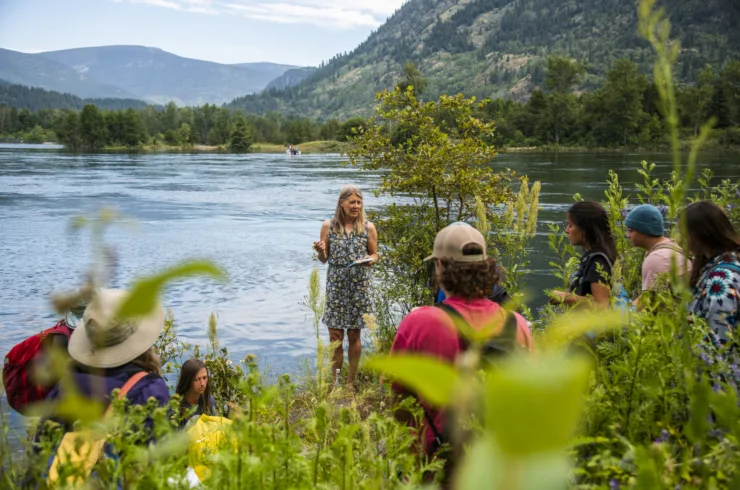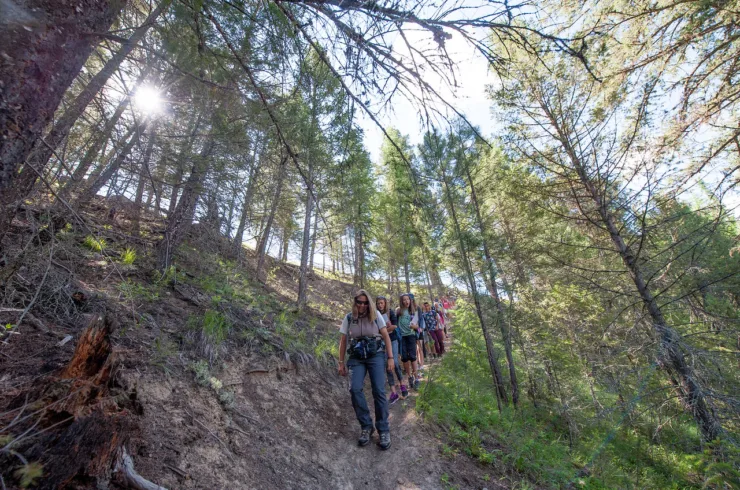Physical and chemical properties reveal insights into the health of our watersheds. In this lesson, we will explore biological properties (what lives in the water).
First, watch Ms. Kim and Ms. Patty discuss how macroinvertebrates (organisms that lack a spine/backbone and are large enough to be seen with the naked eye) are important biological properties whose presence or absence is an indicator of water quality.
Then click on the lesson plan will have you identifying the body parts of insects and using an identification key provided to identify common freshwater macroinvertebrates. Also, you will be provided with a scenario to assess the water quality.







